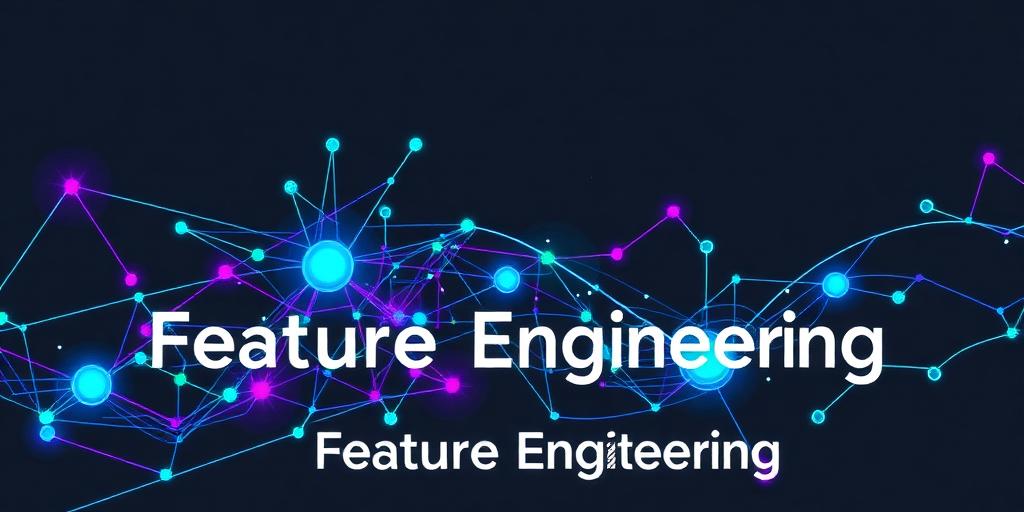Mastering Cloud Automation: A Deep Dive into Terraform for Infrastructure as Code
In the rapidly evolving landscape of cloud computing, managing infrastructure manually is no longer sustainable. Organizations require robust, repeatable, and scalable solutions for provisioning and managing their cloud resources. This imperative has solidified the position of Infrastructure as Code (IaC) as a foundational discipline, with Terraform emerging as the industry-leading tool for automating cloud infrastructure.
Terraform provides a declarative approach to infrastructure management, enabling engineers to define their desired state in configuration files that can be versioned, reviewed, and deployed consistently. This significantly reduces human error, accelerates deployment cycles, and ensures environmental parity across development, staging, and production.
Understanding Terraform: The Cornerstone of Cloud Automation
At its core, Terraform is an open-source IaC tool created by HashiCorp. It allows you to define and provision an entire cloud or on-premises infrastructure using a high-level configuration language. Unlike traditional scripting, Terraform focuses on the desired end-state of your infrastructure, rather than the step-by-step commands to achieve it. This declarative model simplifies complex deployments and makes infrastructure self-documenting.
The power of Terraform lies in its provider-agnostic nature. It supports a vast ecosystem of cloud providers (AWS, Azure, Google Cloud, Oracle Cloud, Alibaba Cloud), SaaS providers, and even on-premises solutions, offering a single workflow for managing multi-cloud environments. This universal compatibility is a critical advantage for enterprises seeking to avoid vendor lock-in or manage distributed architectures efficiently.
Key Benefits of Automating with Terraform
Adopting Terraform for your cloud automation journey yields several compelling advantages:
- Consistency and Reliability: Eliminate configuration drift and ensure identical environments by provisioning infrastructure from a single source of truth.
- Speed and Efficiency: Drastically reduce deployment times for complex infrastructure setups, enabling rapid iteration and faster time-to-market.
- Cost Optimization: Prevent resource sprawl and optimize expenditures by defining precise resource requirements and managing their lifecycle efficiently.
- Version Control and Collaboration: Treat your infrastructure like application code, enabling versioning, peer review, and automated testing through integration with Git and CI/CD pipelines.
- Disaster Recovery: Rapidly recreate entire environments in the event of a failure, significantly improving business continuity and resilience.
- Reduced Human Error: Automating provisioning removes the potential for manual misconfigurations, leading to more stable and secure systems.
Core Concepts for Effective Terraform Automation
To leverage Terraform effectively for cloud automation, understanding its fundamental concepts is paramount:
- Providers: Plugins that enable Terraform to interact with specific cloud platforms or services (e.g.,
aws,azurerm,google). - Resources: The most important element, representing a component of your infrastructure (e.g., a virtual machine, a network, a database). Defined using the
resourceblock. - Data Sources: Allow Terraform to fetch information about existing resources or external data, enabling dynamic configurations.
- Modules: Reusable, self-contained Terraform configurations that encapsulate common infrastructure patterns. Modules promote modularity, reusability, and maintainability across projects.
- State File: A critical file (
terraform.tfstate) that Terraform uses to map real-world resources to your configuration, tracking the state of your deployed infrastructure. Proper management of the state file, often via remote backends like S3 or Azure Blob Storage, is crucial for team collaboration and operational stability.
Getting Started with Terraform: A Practical Overview
The workflow for deploying infrastructure with Terraform is straightforward:
- Installation: Download and install the Terraform CLI from the HashiCorp website.
- Configuration: Write your infrastructure definition in HashiCorp Configuration Language (HCL) within
.tffiles. Define your provider and resources. - Initialization: Run
terraform initin your project directory. This downloads the necessary provider plugins. - Planning: Execute
terraform planto preview the changes Terraform will make to your infrastructure without actually applying them. This step is crucial for verifying your configuration. - Applying: Use
terraform applyto provision or modify the infrastructure as defined in your configuration. Terraform will prompt for confirmation before making changes. - Destroying: When resources are no longer needed,
terraform destroycan be used to tear down all resources managed by a given configuration.
Best Practices for Robust Terraform Deployments
For organizations committed to secure and scalable cloud automation, adherence to best practices is essential:
- Embrace Modularity: Structure your configurations into reusable modules. This promotes DRY (Don't Repeat Yourself) principles and simplifies complex deployments.
- Integrate with Version Control: Always store your Terraform configurations in a Git repository. This enables change tracking, collaboration, and easy rollbacks.
- Manage State Remotely: Use remote backends (e.g., AWS S3 with DynamoDB locking, Azure Blob Storage, HashiCorp Consul) for the Terraform state file. This is vital for team environments to prevent conflicts and ensure consistency.
- Prioritize Security: Avoid hardcoding sensitive information. Utilize secret management services (e.g., AWS Secrets Manager, Azure Key Vault, HashiCorp Vault) and integrate them with your Terraform deployments. Implement least privilege principles for Terraform execution roles.
- Implement CI/CD: Automate Terraform plan and apply operations within your CI/CD pipelines. This ensures consistent deployment processes and facilitates automated testing.
- Validate and Test: Employ static analysis tools (e.g.,
terraform fmt,terraform validate, Terratest) and integrate them into your development workflow to ensure code quality and correctness.
By following these guidelines, organizations can harness the full potential of Terraform to build highly efficient, secure, and resilient cloud environments.
Conclusion: Terraform as the Future of Cloud Infrastructure
Terraform has undeniably reshaped the approach to cloud infrastructure management. Its ability to provide a consistent, declarative, and scalable method for automating complex cloud deployments makes it an indispensable tool for modern DevOps teams. By adopting Terraform, organizations can transition from manual, error-prone processes to agile, automated workflows, unlocking significant operational efficiencies and accelerating innovation.
The path to true cloud agility begins with robust infrastructure automation. Terraform offers the definitive solution, empowering engineers to build, change, and version cloud and on-premises resources safely and efficiently. Embrace Terraform, and transform your infrastructure from a static constraint into a dynamic, version-controlled asset.









